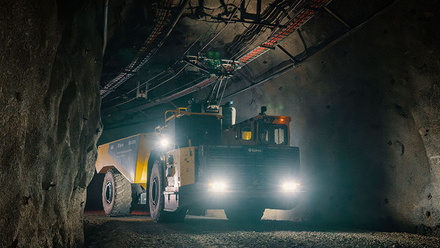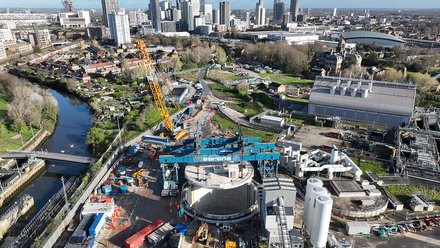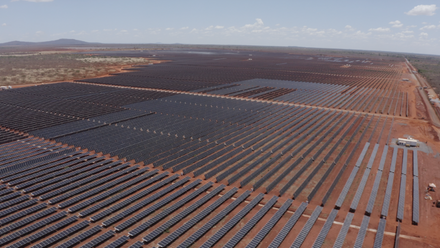India has 'unique opportunity to build a new energy future'
India’s ability to avoid the kind of carbon-intensive path previously followed by other countries will require strong policies, technological leaps and a surge in clean energy investment, according to a report from the International Energy Agency (IEA).

The India Energy Outlook 2021 examines the opportunities and challenges faced by the planet’s third-largest energy-consuming country as it seeks to recover from the COVID-19 crisis.
India is set to experience the largest increase in energy demand of any country worldwide over the next 20 years as its economy continues to develop. The combination of a growing and industrialising economy, and an expanding and increasingly urban population, will drive energy use higher, raising the question of how best to meet swelling demand without exacerbating issues like costly energy imports, air pollution and greenhouse gas emissions.
The IEA’s in-depth look into India’s energy future comes after the IEA and India entered into a Strategic Partnership earlier this year, across a range of vital areas including energy security and clean energy transitions.
The IEA notes that rapid expansion of solar power combined with smart policy making are transforming India’s electricity sector, enabling it to provide clean, affordable and reliable power to a growing number of households and businesses. However, the transport and industrial sectors – like road freight, steel and cement – will prove far more challenging to develop in a sustainable manner.
It adds, 'More than that of any other major economy, India’s energy future depends on buildings and factories that are yet to be built, and vehicles and appliances that are yet to be bought...This represents a huge opening for policies to steer India onto a more secure and sustainable course.
'If India goes down this path, it would need to address the critical challenge of the industrial sector through efforts like more widespread electrification of processes, greater material and energy efficiency, the use of technologies like carbon capture, and a switch to progressively lower-carbon fuels.
'Electrification, efficiency and fuel switching are also the main tools for the transport sector, alongside a determined move to build more sustainable infrastructure and shift more freight onto India’s soon-to-be-electrified railways.
'These transformations – on a scale no country has achieved in history – require huge advances in innovation, strong partnerships and vast amounts of capital. The additional funding for clean energy technologies required to put India on a sustainable path over the next 20 years is $1.4 trillion, or 70%, higher than in a scenario based on its current policy settings. But the benefits are huge, including savings of the same magnitude on oil import bills.'
Based on today’s policy settings, India’s combined import bill for fossil fuels is projected to triple over the next two decades, with oil by far the largest component. Domestic production of oil and gas continues to fall behind consumption trends.







